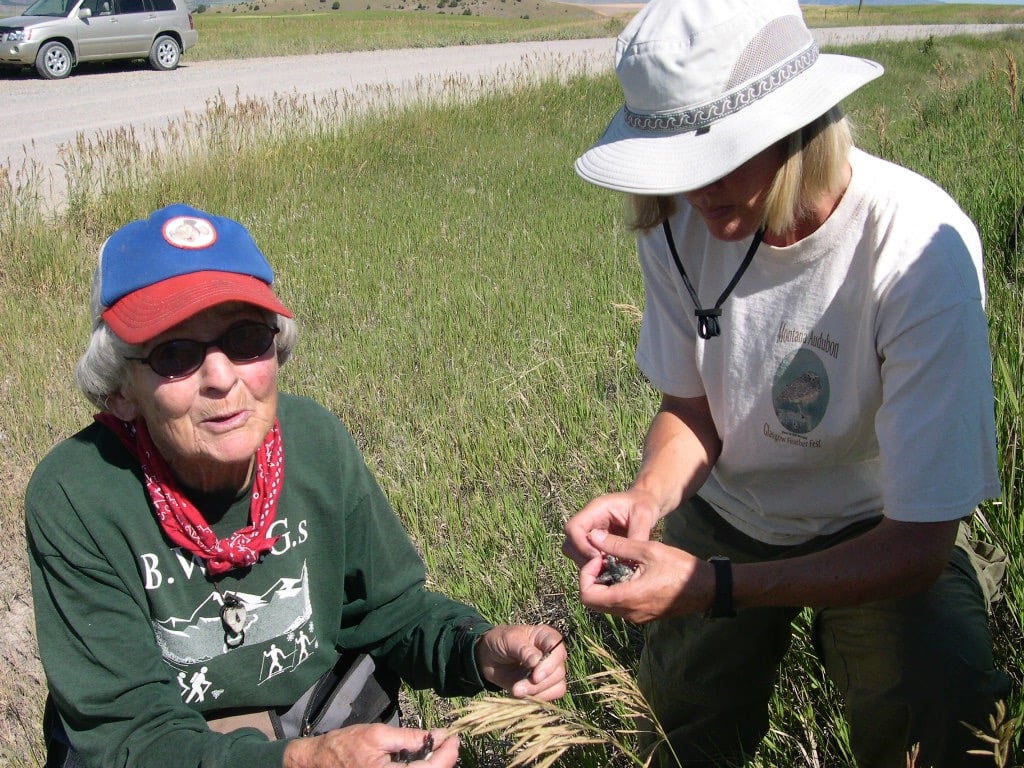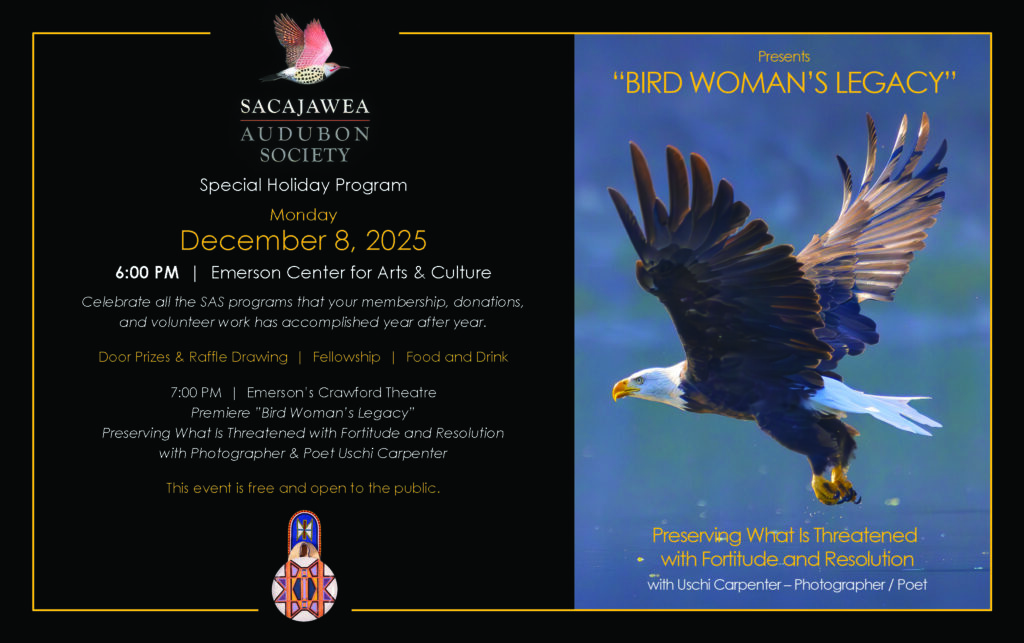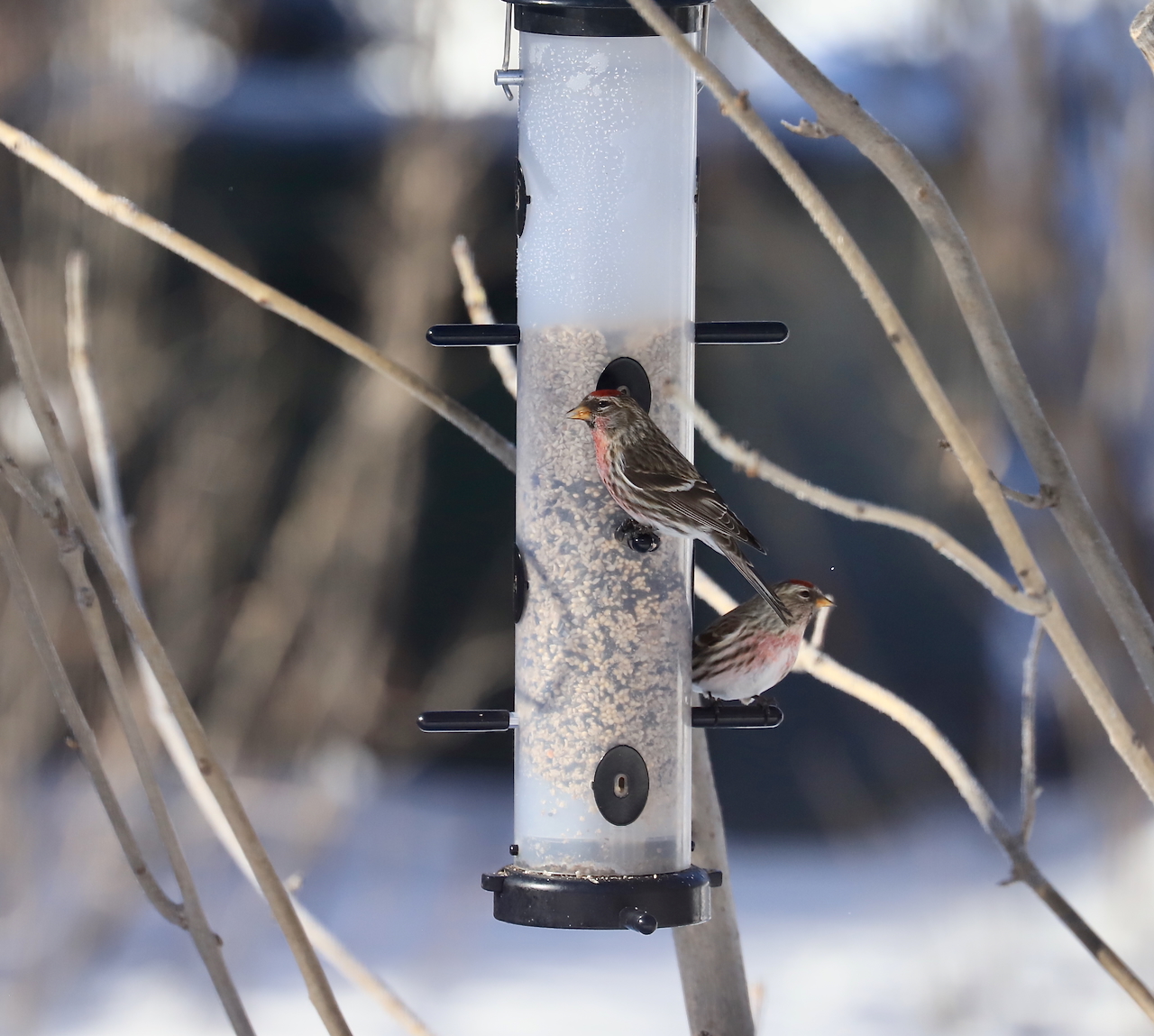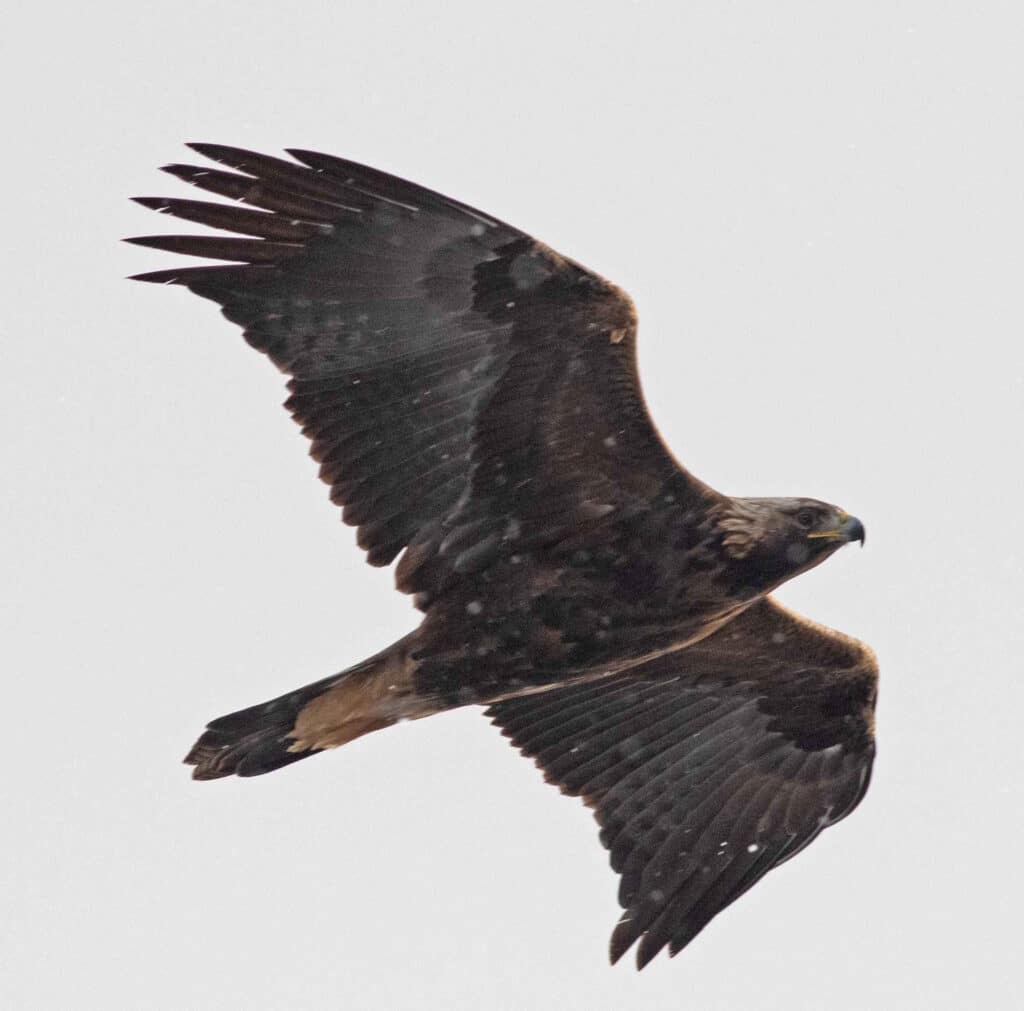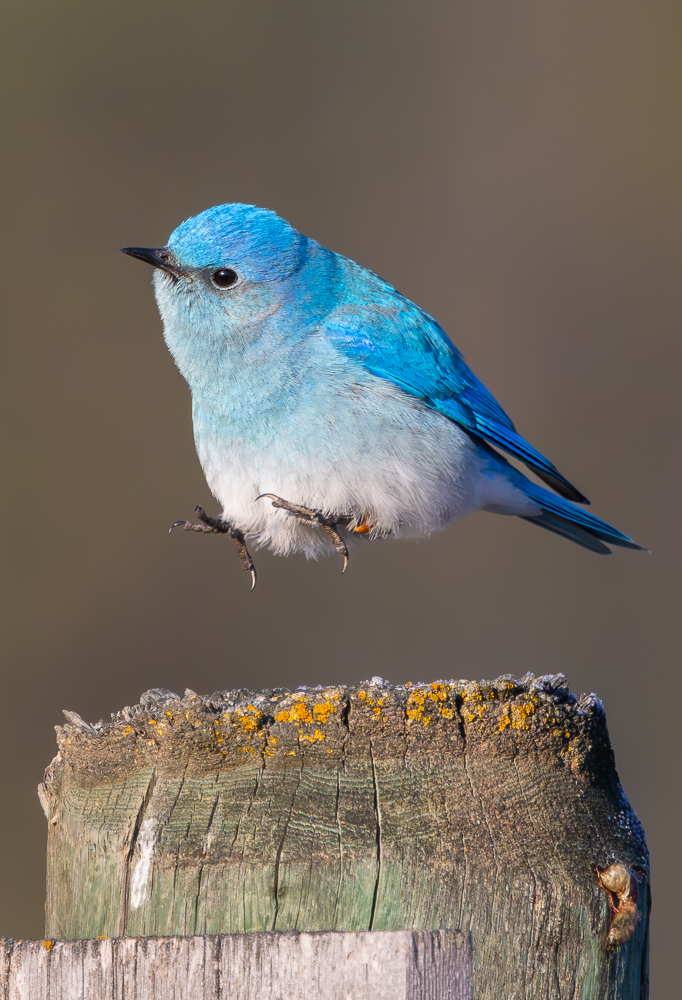We were saddened by the news that longtime Sacajawea Audubon Society member Mary Geis recently passed away. It’s not often that a woman like Mary comes along who dedicated her life to learning and teaching others about natural history. Many of us who were BWAGs (Bozeman Women’s Activity Group) were treated to her extensive knowledge of birds, flowers, and animal tracks while on summer hikes.
Mary was a trailblazing woman in the male-dominated field of biology. She attended the Yosemite School of Field Natural History in the late 1940s, and later received her graduate degree from the University of Montana. She settled in Bozeman with her husband, Tony, teaching at a public school.
She was a tireless volunteer for Sacajawea Audubon Society (SAS), starting in the early 1960s when she participated in area Christmas Bird Counts. It was then that she met SAS founder Louis Moos, who started the Bluebird Trail Project in 1969, and was a keen bird bander. Mary had a natural curiosity about bluebirds in the Gallatin Valley and started her own bluebird trail near her home in Kelly Canyon. It began with twelve nest boxes that grew to almost 200 by 1980. Mary began banding bluebirds, swallows, chickadees, and wrens under Louis and received her own banding permit a couple of years later.
Mary loved crunching numbers, creating charts that tracked bluebird, swallow, wren, and chickadee nesting statistics. Using her nesting data one year, she concluded that local tree swallows consumed 1,000 pounds of insects each summer. Each nest record she collected was carefully written down and sent in to the Cornell Lab of Ornithology. According to Cornell, Mary submitted nearly 1,500 Mountain Bluebird records during a 30-year span. This, combined with the nesting data from Louis Moos and Lou Ann Harris, spans more than 50 years and is the richest dataset in one location for any bluebird species in North America.
Mary served as the coordinator of the SAS Bluebird Trail Project until 2009. She taught many of us how to handle and band the tiny bluebird and swallow nestlings, and how to catch the females in the box. It seemed a daunting task to us neophytes, but she taught with a steady hand and assuring voice.
In addition to participating in yearly Christmas Bird Counts, Mary was a field trip leader and a member of the SAS Board of Directors. She also taught natural history to chapter members.
We will continue to honor Mary’s work by maintaining and monitoring the many bluebird boxes that chapter members have installed through the years, and also continue to educate the public about how important and special wild birds are in our world.
~ Lou Ann Harris

